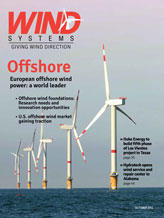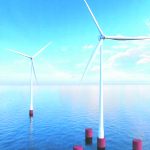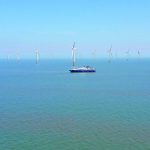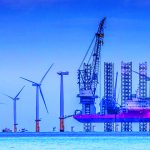DNV GL, together with STRI (the Swedish Transmission Research Institute) and ten industry players developed a methodology for technology qualification of offshore HVDC technologies through a joint industry project.
As offshore wind farms are being built farther from the coast and more offshore oil and gas installations are powered from shore, there will be an increasing need for long-distance underwater power transmission in the years to come.
Use of high-voltage direct current (HVDC) transmission allows power transmission through cables over longer distances and higher capacities compared to what is feasible when using AC transmission, and will hence often be the preferred solution for long-distance power underwater transmission.
However, to date operational experiences with offshore HVDC transmission technologies are very limited and there is a lack of relevant standards, guidelines and recommendations for stakeholders to rely on. The immature nature of offshore HVDC technologies causes uncertainties and increased risk exposure for stakeholders and makes the projects complicated and costly.
As a means to manage the technology risks associated with offshore HVDC transmission projects, DNV GL and STRI have developed a recommended practice on technology qualification of offshore HVDC technologies through a joint industry project with ten industry players. The new recommended practice is based on DNV GL’s methodology for technology qualification, which has been used extensively for managing technology risks in the oil and gas industry for more than a decade.
Technology qualification is a method for providing evidence that technical equipment will function within specified operational limits with an acceptable level of confidence, both for suppliers and buyers of the relevant equipment.
In order to accurately incorporate feedback from all major stakeholders during the testing process, this Joint Industry Project partnered with major industry players including: ABB, Alstom Grid, DONG Energy, Elia, Europacable, Scottish Power, Statkraft, Statnett, Statoil, Svenska Kraftnät and Vattenfall.
— Source: DNV GL

































